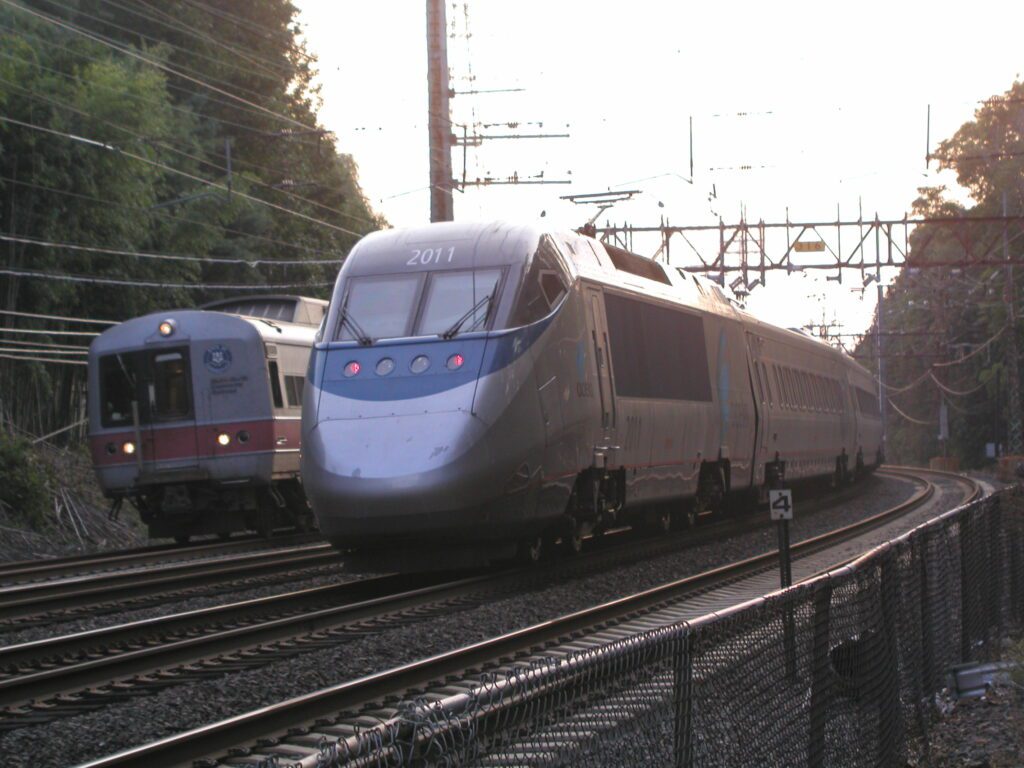infrastructure
Riding the Rails to a Sustainable Future: The Rise of High-Speed Rail in the U.S.
High-speed rail in the U.S. offers a sustainable, faster, and comfortable alternative to flying and driving, significantly reducing carbon emissions.

In a world where environmental sustainability and efficient transportation are becoming increasingly critical, the United States is making strides towards a faster and greener future with the expansion of high-speed rail networks. While the U.S. may have lagged behind other countries in this area, promising developments such as the Brightline West project in the Southwest, the Texas line connecting major cities, and the Northwest corridor linking bustling urban centers are paving the way for a new era of travel.
High-speed rail presents a compelling alternative to traditional modes of transportation. With trains reaching speeds of up to 200 mph, these systems offer a comfortable, cost-effective, and time-efficient way to travel. Compared to flying, high-speed rail eliminates the hassles of airport security checks and long wait times, while surpassing the speed of driving without the stress of being behind the wheel. Passengers can unwind, be productive, or simply enjoy the journey, making it a holistic travel experience.
Beyond the convenience and comfort it offers, high-speed rail holds immense promise in reducing carbon emissions and combating climate change. The potential environmental impact of projects like the Brightline West is staggering, with estimates suggesting that millions of cars could be taken off the road, significantly curbing carbon pollution. Given the alarming statistics on the environmental cost of traditional transportation, transitioning to high-speed rail is a crucial step towards mitigating the harmful effects of climate change.
The urgency of addressing climate change cannot be overstated. The emissions released from burning fossil fuels are driving global warming at an alarming rate, leading to catastrophic consequences such as extreme weather events and environmental degradation. By opting for public transportation like high-speed rail, individuals can contribute to cooling down the planet and reducing their carbon footprint. Additionally, embracing sustainable modes of travel such as walking and biking not only promotes environmental conservation but also enhances personal health and well-being.
As the U.S. accelerates its efforts to embrace high-speed rail and other eco-friendly transportation options, we are moving closer to a future where sustainability and efficiency go hand in hand. By choosing to ride the rails, we are not only embarking on exciting journeys but also taking meaningful steps towards a cleaner, greener planet for generations to come.
If you are interested about high speed rail in America, check out these articles:
https://en.wikipedia.org/wiki/Acela
https://en.wikipedia.org/wiki/Brightline
https://en.wikipedia.org/wiki/High-speed_rail_in_the_United_States


